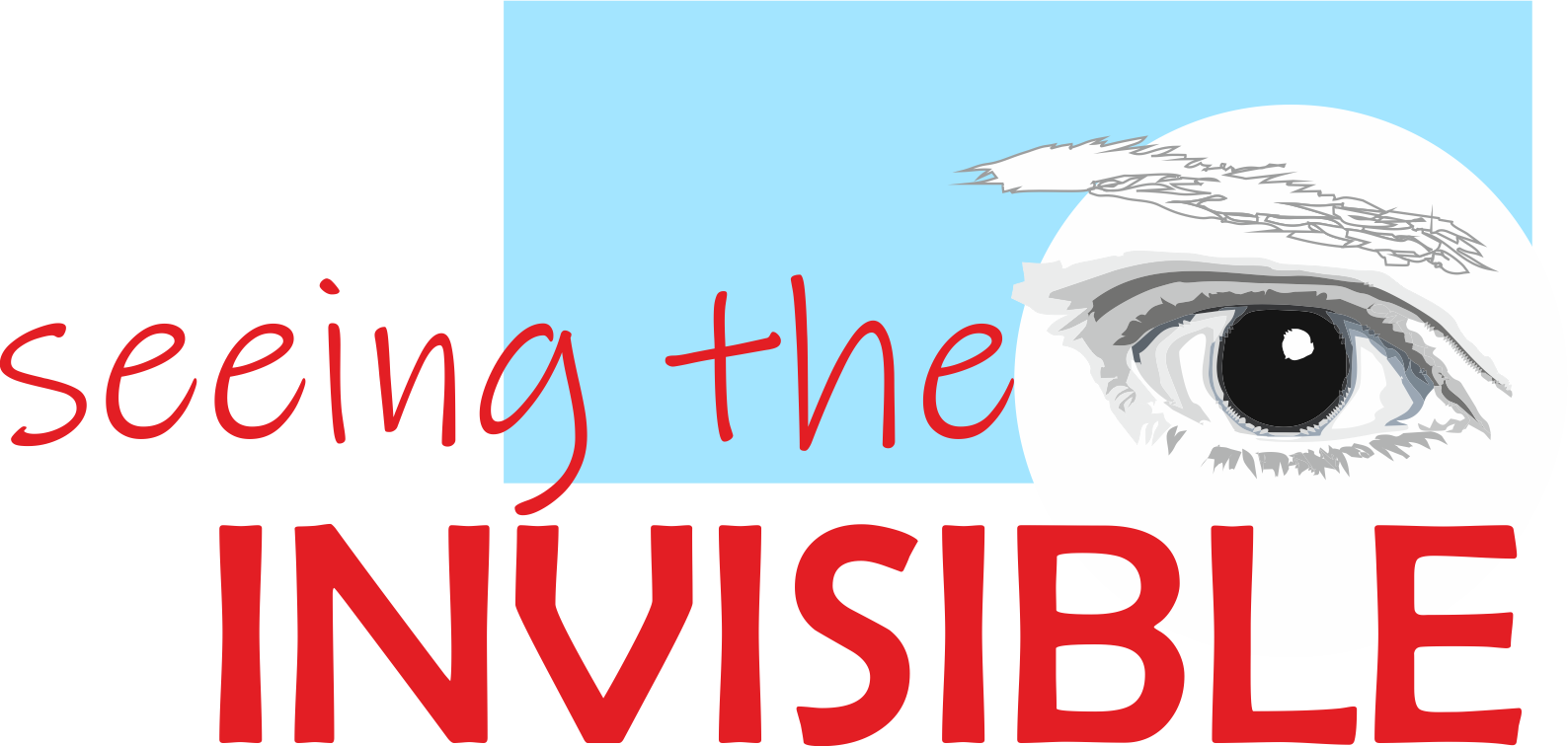According to studies by the WHO (2020) and the participating entities themselves, it is estimated that in Europe there are more than 2 million children under 15 years of age with severe low vision or blindness. They are boys and girls with serious visual impairments (which are usually aggravated by other pathologies that are the cause of vision loss) of school age who struggle every day to live a full life. However, this is not easy.
For these young people and children, every day of school attendance is a battle, a battle to get there, a battle to overcome obstacles and learn, a battle to integrate with their classmates… A battle that normally does not have the tools it should.
Nor is it easy for their teachers. When a teacher receives a student with low vision in his classroom, he knows that all his previous work, all his teaching experience, is not enough. That year you should start again creating a new adapted classroom planning, new learning methods that include the student with low vision, redo all your educational materials to adapt them to low vision, invest many hours in the creation of curricular adaptations … And he usually doesn’t know how to do it. He feels helpless and alone, not knowing who to turn to or ask for help. The primary school teacher has rarely received a generalist training of attention to diversity and never specific to low vision, the secondary teacher much less.
At present, the pandemic has accelerated the process of digitization of schools, undoubtedly a step forward in the education of the future, but also an advance that entails an increase in the workload of the teacher and a serious risk for students with low vision, if done incorrectly.
The only opportunity for the teacher not to detract from the dedication of students with low vision and to adapt teaching methods to the digital field (essential in the post-COVID-19 society) is to unify these two processes, generating digital learning methods adapted to innovative students with low vision that have, not only innovative and adapted tools, but with specific training and with the creation of support networks of experts and family members that allow you to achieve it.
For them, both for teachers and for students with low vision, the project «SEEING THE INVISIBLE: Inclusive digitalization of students with low vision in school education» is directed. A project that will generate digital and adapted tools that favor that any school education student with low vision achieves full inclusion in the classroom and educational success regardless of whether teaching is face-to-face or virtual.
The project «SEEING THE INVISIBLE: Inclusive digitalization of students with low vision in school education» arises from the joint work of a wide European intersectoral network formed by social cooperatives expert in inclusive methodologies (REDTREE MAKING PROJECTS COOP. V.) and programming companies of virtual environments (SmallCodes Srl), associations of experts in low vision (the European Federation of Aniridia – ANIRIDIA EUROPE, ANIRIDIA NORWAY, ANIRIDIA ITALIA and Association to help people with Albinism – ALBA) and the schools themselves (the more than 14 schools that make up the GRETA DU VELAY network) from 4 countries (Spain, France, Italy and Norway).
Through a process of needs analysis where the students with low vision of the participating social entities and their teachers, identified not only their needs but also made proposals for tools and resources that they would like to have in their classroom, not only the purpose of the project was determined, but also the specific objectives that satisfied the needs detected.
Thus, SEEING THE INVISIBLE was born with the aim of providing the teacher of students with low vision everything necessary to alleviate all the needs that the teacher will face to teach in primary or secondary classrooms with students with low vision in the new international panorama.
